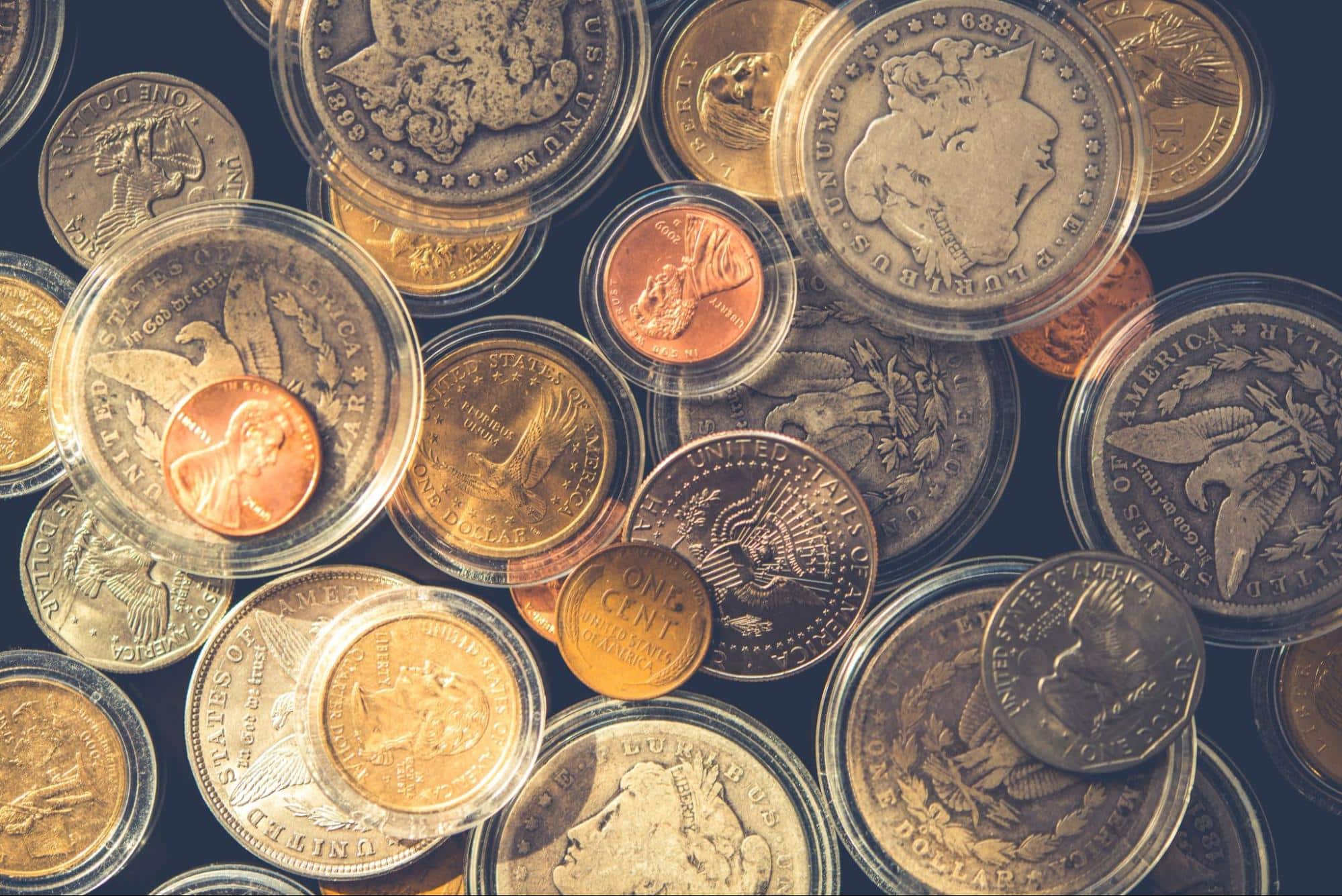Maximizing Your Returns When Selling Rare and Collectible Coins

Collectors talk about their coins the way car enthusiasts talk about classic engines—every flaw, mint mark, and quirky die crack matters. When it comes time to sell, those tiny details translate into real dollars. If you want top dollar for rare dimes, silver dollars, or a full box of inherited foreign coins, you need more than luck. You need a plan.
Below is a step‑by‑step playbook that shows how seasoned sellers squeeze the most value from every coin, whether it’s a 1909‑S VDB Lincoln cent or a modern limited‑edition proof set.
Start With Proper Identification
Grab a magnifier, a bright light, and a recent price guide. Identify each coin’s:
- Country, denomination, and year
- Mint mark (often found under the date or on the reverse)
- Variety (small date vs. large date, over‑dates, doubled dies)
Even a common coin can skyrocket in value if it’s a rare variety. For example, a 1969‑S doubled‑die Lincoln cent once graded AU 55 sold for $126,500 at auction [Heritage Auctions, 2018]. Had the owner dismissed it as “just another penny,” that windfall would’ve vanished.
Grade Like the Pros—or Hire One
Condition drives price. The Sheldon scale, from 1 to 70, rules the hobby. A few points on that scale can mean a difference of thousands of dollars.
- Learn the basics: Focus on high points, luster, and wear patterns.
- Use high‑resolution photos: Good lighting reveals hairlines, scratches, and luster breaks.
- When in doubt, submit to a third‑party grader: NGC and PCGS slab more than 12 million coins annually, and certified coins usually bring higher bids [NGC Annual Report 2023].
Paid grading isn’t cheap—expect $20–50 per coin plus shipping—so reserve it for pieces whose value justifies the cost (typically $200 and up).
Document Provenance and Rarity
Provenance—where a coin came from—matters. Auction houses trumpet pedigrees because buyers trust a coin with a documented history. Keep:
- Old invoices or auction catalogs
- Appraisal notes
- Letters or receipts from prior owners
A coin linked to a famous hoard or collection can bring a sizable premium. The SS Central America shipwreck gold coins routinely sell 10‑20 percent above melt value thanks to their dramatic backstory [Coin World, 2022].
Cleanliness Is Next to Worthlessness
Never polish or scrub a coin. Even “mild” cleaning of hairlines kills value. Professionals can spot it instantly. Leave toning and dirt alone unless you have written instructions from a conservation expert.
Know the Best Selling Channels
| Selling Channel | Pros | Cons | Typical Fees |
| Reputable coin shop | Fast payment, local relationships | Slightly lower than retail | None |
| Specialty auction | Competitive bidding, best for rarities | Weeks to months before settlement | 10–20 % |
| Online forums (e.g., CoinTalk) | Direct to collector, no middleman | Requires reputation, shipping risk | PayPal 3 % |
| General marketplaces (eBay) | Huge audience | Returns, fraud risk | 10–13 % |
Pick a venue that suits the coin. A common Morgan dollar sells quickly at a shop. A six‑figure early‑American copper deserves the drama of a live auction.
Track the Market Cycle
The rare‑coin market has seasons:
- January/February: Surge after the FUN and NYINC shows.
- Summer: Slower, fewer major shows.
- Autumn: Activity returns before year‑end auctions.
Precious‑metal swings matter, too. When silver spiked above $50 per ounce in 2011, previously sluggish commemorative halves sold out within hours as melt panic set in [Silver Institute]. If you have large bullion‑content coins, monitoring spot prices can boost your take‑home pay.
Bundle or Break Apart?
A complete series can attract set collectors. Yet cherry‑picking key dates often raises total revenue. Example: A Mercury dime set missing the tough 1916‑D might fetch $1,500 as a set, but the 1945‑micro‑S can pull $500 by itself, while the commons go for $4 each, adding up to $2,200.
Ask a knowledgeable dealer to run both scenarios.
Negotiate With Data, Not Emotion
Bring printed auction results or price‑guide pages when you request offers. Showing similar coins that sold last month at Heritage or Stack’s lets you anchor the conversation. Buyers respect a seller who has done their homework.
Beware of These Red Flags
- “We pay the highest prices—today only.” High‑pressure tactics signal a lowball ahead.
- Quote based only on weight. That’s bullion pricing. Rare coins deserve numismatic premiums.
- Buyer wants you to leave coins overnight “for review.” Always watch the evaluation.
Package and Ship Like a Pro (If You Must)
If you sell remotely:
- Use anonymous packaging—never write “coins” on the label.
- Double‑box with bubble wrap.
- Use Registered Mail; it travels under lock and key.
Insurance: USPS Registered covers up to $50,000; FedEx Declared Value up to $100,000 with an approved third‑party insurer. Factor $25–$75 into costs.
Keep Uncle Sam in Mind
Profits from coin sales are subject to capital gains tax. The IRS treats most bullion and collectibles as “collectible property” with a maximum 28 percent long‑term rate. If you sold at a big auction, expect a 1099‑B. Keep detailed records of acquisition cost (basis) to reduce your tax bite.
Build Long‑Term Relationships
Dealers remember polite sellers who bring quality coins. Repeat transactions often lead to stronger offers, waived fees, or early notices about market shifts. In an opaque market, relationships translate into higher returns.
Selling rare and collectible coins doesn’t have to feel like a gamble. Armed with a loupe, solid research, and the right buyer, you can unlock the full value hidden in every slab and flip.
Turn your rare coins into cash the smart way—call Tyler Gold & Bullion at 903-522-4337 to schedule a free, in‑person valuation today.
